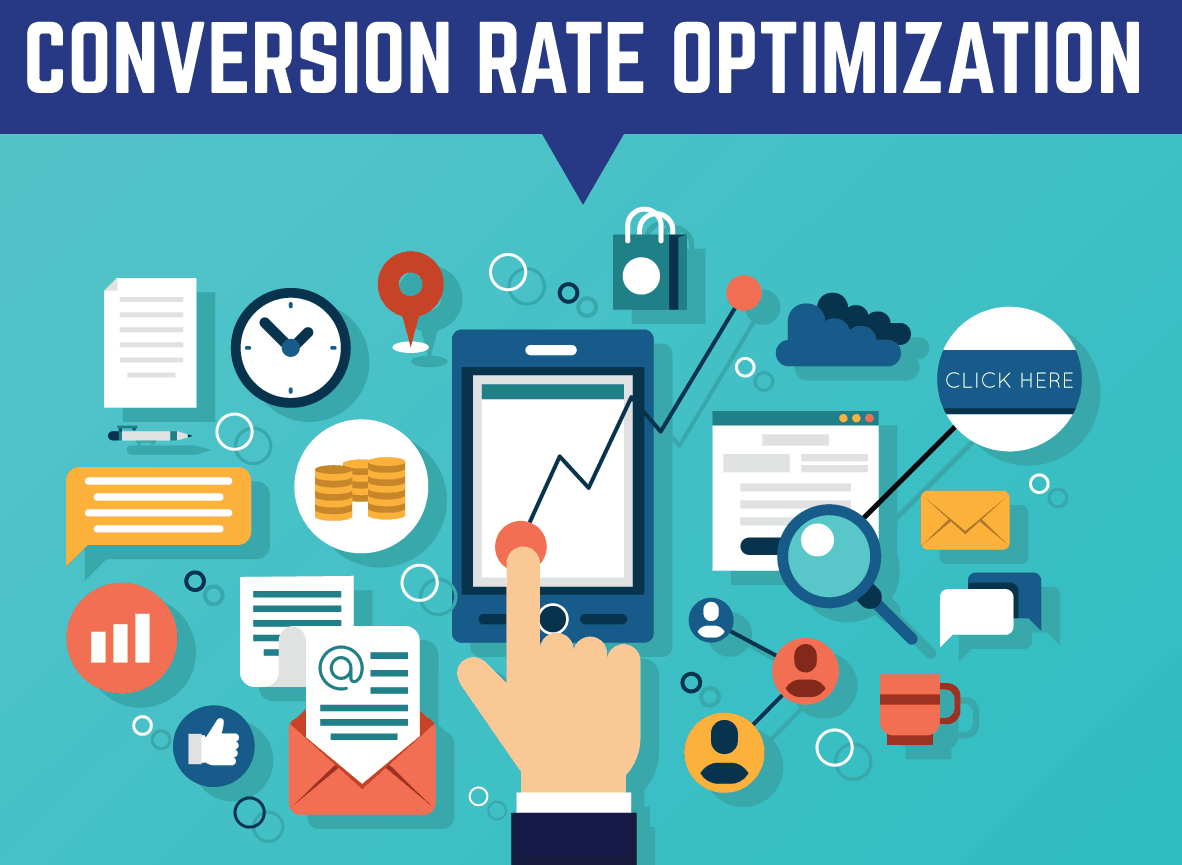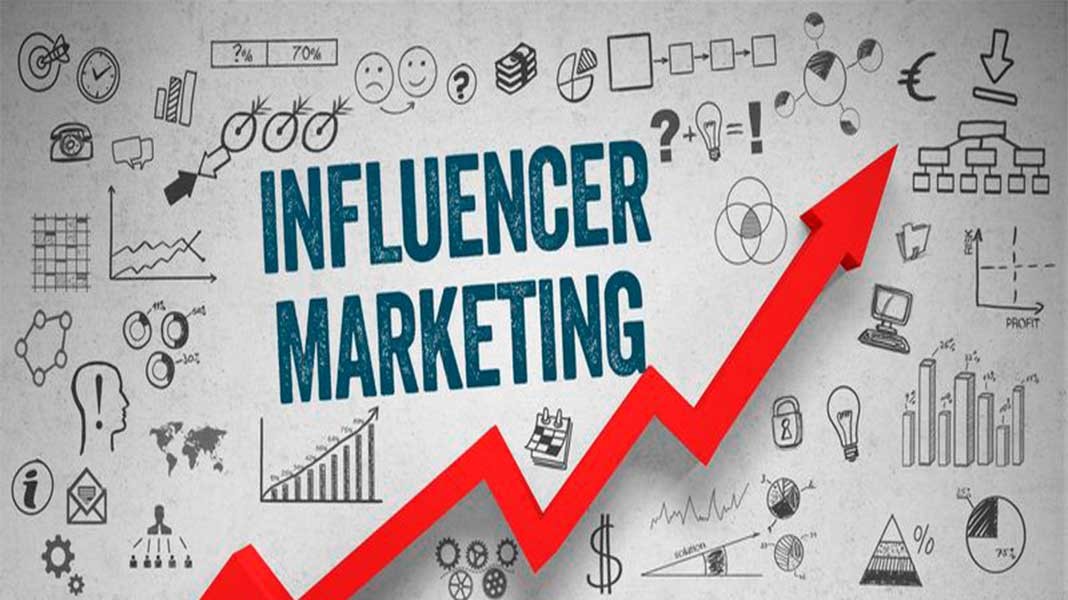How Website Speed Affects Conversions
In today’s digital-first world, website performance plays a significant role in shaping user behavior and influencing business outcomes. Among various performance factors, website speed stands out as one of the most crucial. A slow-loading website doesn’t just frustrate users—it directly reduces your chances of turning visitors into customers.
Let’s explore why site speed matters and how it can make or break your conversion rates.
The Need for Speed
The time it takes for a web page to load is known as website speed. It’s more than just a technical metric—it’s the first thing a visitor experiences. Studies show that if a site takes more than 3 seconds to load, over half of users will leave. That’s lost traffic, lost engagement, and most importantly, lost revenue.
For every second of delay, conversion rates drop significantly. Whether you’re selling products, collecting leads, or providing information, the slower your website, the more opportunities you miss.
First Impressions Matter
When someone lands on your website, they immediately form an opinion. A fast site conveys professionalism, trust, and efficiency. A slow one, however, can give the impression that your business is outdated or unreliable.
These impressions impact user behavior. Fast websites tend to keep users engaged, while slow ones push them away—often before they’ve even seen your content.
Bounce Rate and Abandonment
Bounce rate measures how many visitors leave your site after viewing just one page. When a website loads slowly, bounce rates increase sharply. People don’t wait—they move on to the next option, especially if they have alternatives (and they usually do).
High bounce rates not only affect conversions but also harm your search engine rankings. Search engines interpret quick exits as a sign of poor quality or relevance.
SEO and Speed: A Winning Combination
Google uses site speed as a ranking factor, especially for mobile devices. If your website loads slowly, it may struggle to appear in top search results, limiting your visibility.
Faster websites, on the other hand, are more likely to rank higher, get clicked more, and receive more organic traffic—all of which contribute to more conversions.
Impact on the User Journey
A website’s speed influences every stage of the conversion funnel. From browsing products to filling out forms or completing a purchase, slow performance creates friction.
This is especially critical for eCommerce websites. A delay in loading a product page or checkout form can cause customers to abandon their carts. Even service-based businesses risk losing leads if forms or landing pages take too long to display.
Examples That Prove the Point
- Amazon once reported that a 100-millisecond delay could cost them 1% in sales.
- Pinterest increased search engine traffic and sign-ups by reducing page load time by 40%.
- Walmart saw a 2% increase in conversions for every 1-second improvement in site speed.
If these global companies are prioritizing speed, small and mid-sized businesses should too.
Easy Ways to Improve Website Speed
Improving site speed doesn’t require a complete overhaul. Here are some quick optimizations:
- Compress images: Use tools like TinyPNG or Squoosh to reduce image sizes without losing quality.
- Enable browser caching: This lets repeat visitors load your site faster.
- Use a fast, reliable host: Cheap hosting often comes at the cost of slower servers.
- Minimize code: Reduce unused CSS, JavaScript, and HTML.
- Choose a lightweight theme: Particularly important if you’re using platforms like WordPress.
- Use a CDN (Content Delivery Network): It delivers your site from a location closest to the visitor, improving speed worldwide.
You can monitor your performance using tools like Google PageSpeed Insights, GTmetrix, or Pingdom.
Final Thoughts
Website speed isn’t just a technical concern—it’s a business-critical factor that affects user experience, SEO, and conversion rates. In a world where online attention is fleeting, every second truly counts.
Faster websites offer smoother journeys, keep visitors engaged longer, and ultimately lead to better results. If you want to improve conversions, start by speeding up your site—because a fast experience leads to a faster path to success.




